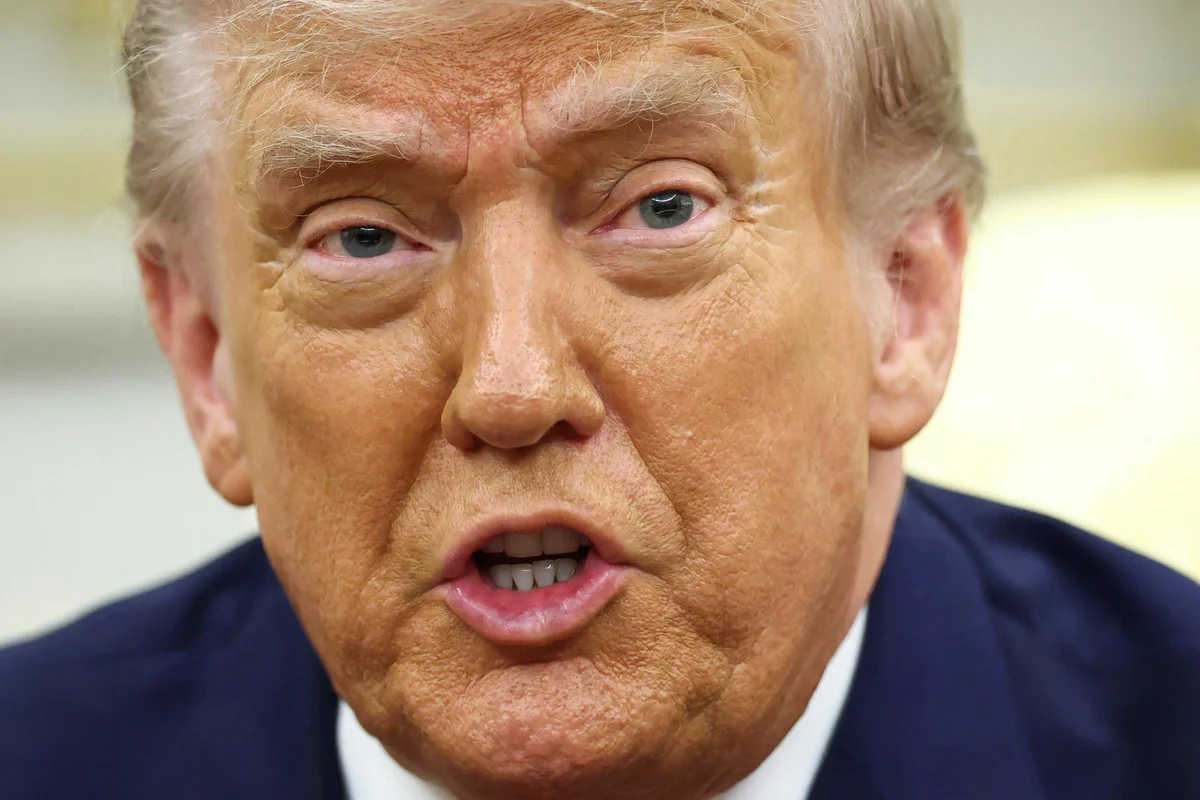
For decades, the federal government has supported the infrastructure that makes biomedical breakthroughs possible at universities, academic hospitals, and other research institutions. But recent moves by the Trump administration and Congress reinforce that this system seems headed for a major shake-up.
Earlier this month, the House Committee on Appropriations advanced legislation that would limit National Institutes of Health payments for research overhead, also known as indirect costs, to private universities and colleges with large endowments. Similarly, an executive order on grantmaking instructs federal agencies to give preference to institutions with lower indirect cost rates, which currently vary widely and are negotiated with each institution, and it directs the White House’s budget office to develop guidelines that would “appropriately limit” the use of grant dollars for overhead. Indirect costs include items such as building maintenance, utilities, and the salaries of administrators who help prepare grants.
Advertisement
To understand how federal funding of facilities and administrative expenses tied to research may change — and how the system currently works — STAT spoke with Gil Tran, who has been immersed in the topic for decades. In the early ‘90s, he was a senior negotiator in the federal health department office that negotiates payment rates with many research institutions. He went on to spend 27 years at the Office of Management and Budget, where he helped develop the Uniform Guidance, a government-wide framework for managing grants and other awards.



